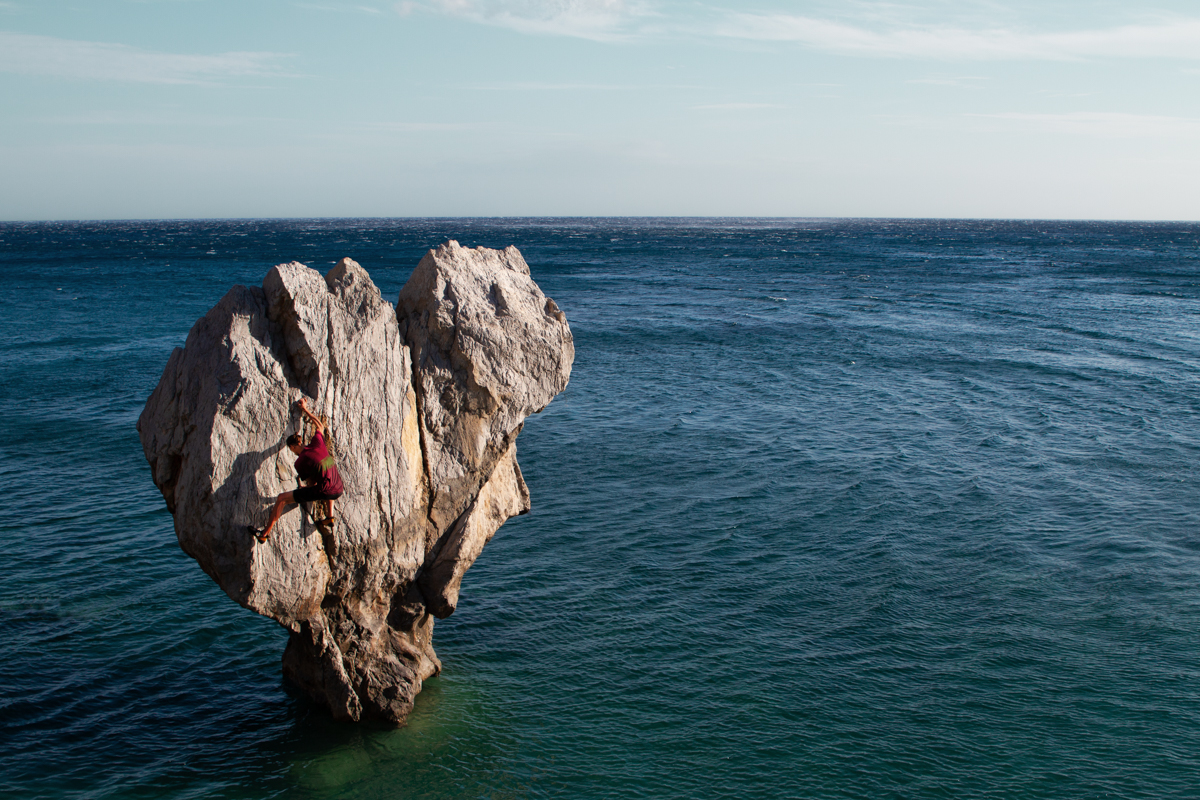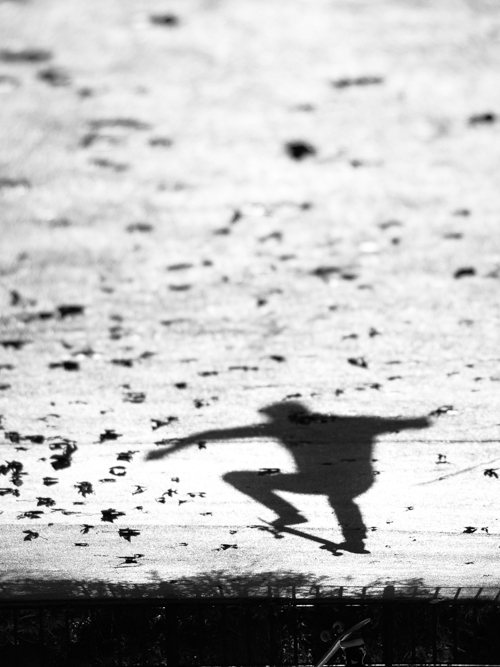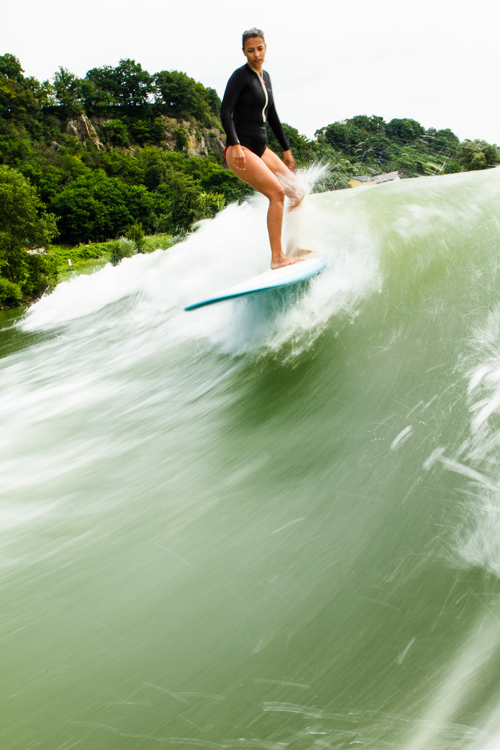Common Factors.

This post is less of a classic blog post, more of a gallery that will change and grow over time. And it’s kind of a declaration of love. Namely to those forms of movement that have interested and fascinated me from an early age on. They have played a key role in determining my personal path and they continue to do so. Skateboarding, climbing, mountain biking but also snowboarding and surfing have left a lasting impression on my life. Of course, that doesn’t only apply to me but many others too. Outsiders will wonder where there could be similarities while some purists may now throw their hands up in horror because I lump “their” lifestyle together with others. In my opinion there are just more parallels than one might think. But what is it that makes these forms of movement so exciting for many? And why should that be life-determining? Why do you hear statements like “movement X is not a sport, but an attitude towards life” more often from people who practice one of these sports than from other people? Is there really something to it? And if so, what? Answers to these questions can be found on various levels, I would like to describe my personal view here:
If we forget about the absolutely numerous clichés that executants of these forms of movement are associated with from the outside or that they are associating themselves with, then there are some common denominators.
On the one hand, there is the way in which the selected environment is viewed and used. Most people see different landforms, rock faces, waves, architectural constructions and the like either as obstacles or, at best, as beautiful to look at. The mentioned sportspeople see them as endless possibilities to interpret the environment and to interact with it in a new and different way.
Then it’s the combination of mental and physical characteristics of the practitioners that lets them search for new challenges by coming up with new sequences of movements. These are put into action through persistent doing and sometimes extraordinary physical solutions. And that doesn’t stop when a certain level is reached. This search for new challenges is an essential part of these forms of movement.
This combination of mental and physical demands also means that the likelihood for the emergence of the so called “flow” state (well-known from psychology) is relatively high. You are completely absorbed in the activity, the subjective sense of time can change and you experience a feeling of happiness.
One aspect that comes along with challenges is constant failure. It takes a few hundred attempts to learn a skate trick. A bouldering problem at the limit of your ability is rarely solved right away and you usually try to catch way more waves than you actually surf. You keep falling and failing. And every time you get up and try again.
Last but not least, there is this proclivity for aesthetics. In all of the mentioned forms of movement style quite often seems to play a relatively central role. In other words, it’s not enough for the protagonists that a movement “works”, it should work in the individually “most beautiful” way. Of course, you could say this is pure superficiality. But you could also see it in another way: it’s the valuable act of making the best of the given condition. And what should be wrong with that!?
These similarities are clearly characteristics that are required in life whenever there are problems that need to be solved in a creative way. I see the mentioned forms of movement as opportunities to cultivate these factors. In this context I see the skateboard, the surfboard, the bike, the climbing shoes simply as tools that could be replaced by others or simply left out. It’s the underlying principles that matter. If one applies these principles to all movements in life obstacles could be seen as opportunities to make the best of what’s on hand.
And this is something I consider absolutely necessary if I think of the numerous major challenges that we repeatedly face. Seen from that angle it’s true: “movement X is not a sport, but an attitude towards life.”






